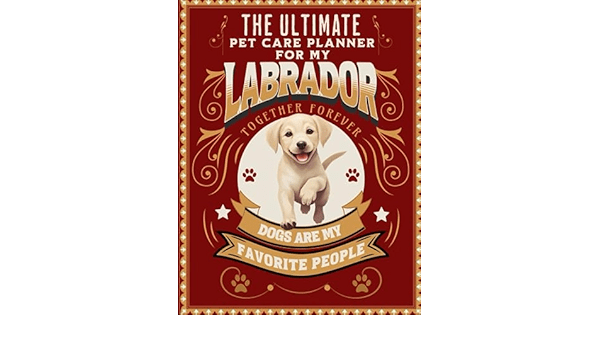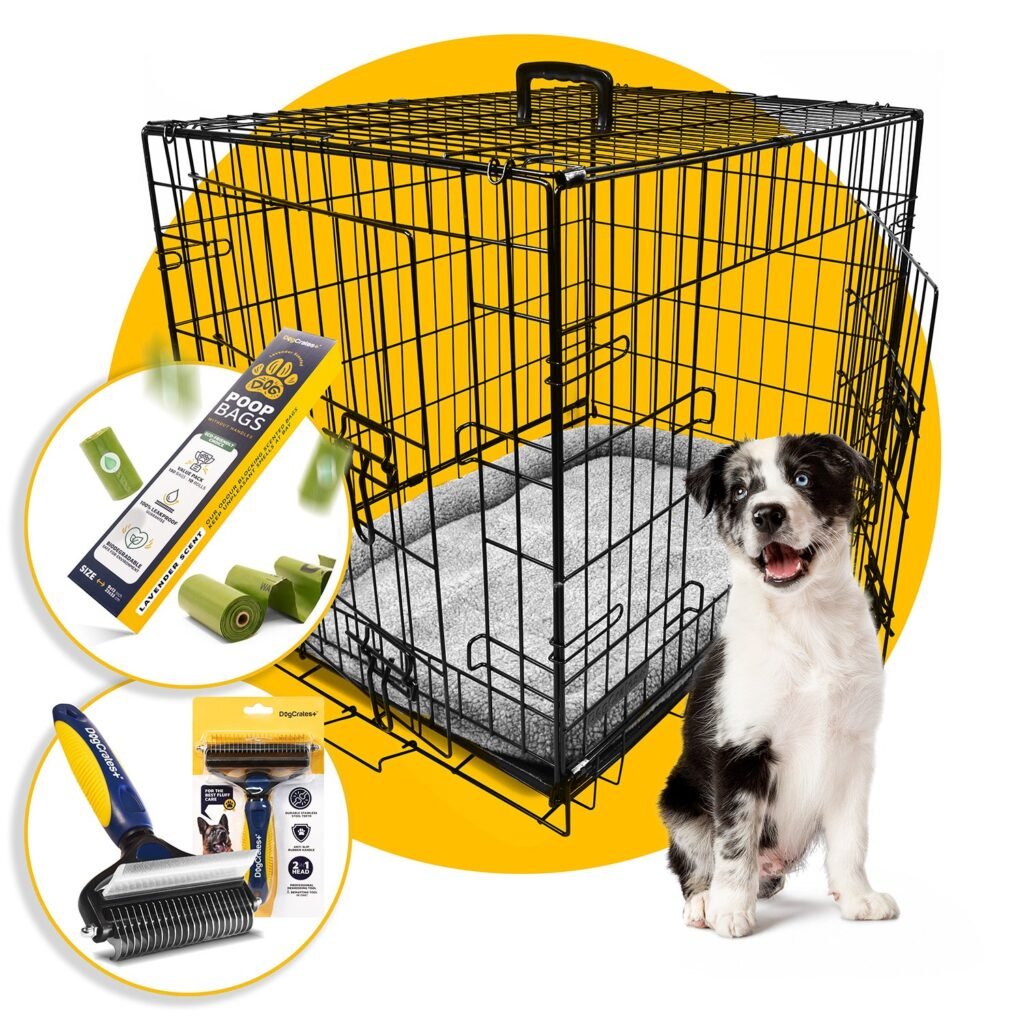Have you ever caught a whiff of your pet’s breath and wondered if something might be off? That’s when it hit me that our furry companions need their own version of dental care. Whether you’re a newbie to pet ownership or someone who’s been a pet parent for years, taking a closer look at your pet’s dental health can be genuinely eye-opening. So, let’s talk about how to keep those tiny (or not-so-tiny) teeth clean and healthy. Trust me, your pet will thank you for it.
Why Pet Dental Care is Important
We often overlook dental health when it comes to our pets, focusing instead on exercise, nutrition, and all the adorable outfits they “must” wear. But their oral health is just as important as all those other aspects. Much like us, pets can suffer from conditions like gum disease, tooth decay, and even tooth loss. Ever heard of pet periodontal disease? Over 80% of dogs and 70% of cats show signs of this condition by the age of three. That’s a staggering statistic, isn’t it?
Health Problems Linked to Poor Dental Care
When our pets’ mouths aren’t in top-notch shape, it’s not just about the bad breath. Poor dental health can have links to more severe health issues, such as heart, liver, and kidney problems. It’s like a domino effect—from tooth decay to something much more considerable. For instance, bacteria from inflamed gums can enter the bloodstream and affect their organs.
Signs Your Pet Needs Dental Care
Sometimes, it’s challenging to understand what’s going on in our pets’ minds or bodies until things become glaringly obvious. But in terms of dental health, there are some signs even we can pick up on. It took me a while, but now I keep a keen eye out for these symptoms in my furry friend.
Common Symptoms
Let’s break down some of the signs that could indicate your pet needs dental attention:
| Symptom | Description |
|---|---|
| Bad breath | Persistent bad smell that won’t go away |
| Excessive drooling | More drool than usual, sometimes even suddenly |
| Gum inflammation | Gums that are red, swollen, or bleeding |
| Chewing difficulty | Hesitation or obvious discomfort while eating or chewing |
| Loose teeth | Teeth that seem to be wobbly or not secure |
If you notice any of these, it might be time to delve a little deeper—or bring in a professional.

This image is property of images.pexels.com.
How to Maintain Your Pet’s Dental Health
Remember the saying, “An ounce of prevention is worth a pound of cure”? This applies to your pet’s dental care too. Consistency can indeed make a difference, even if it seems like a lot just for some pearly whites.
Regular Brushing
Ah, the age-old question: Do I really have to brush my pet’s teeth? The short answer is yes. Regular brushing can help remove plaque before it has a chance to harden into tartar. Now, I know what you’re thinking—how do you even brush an animal’s teeth? Look for pet-specific toothpaste (because human toothpaste can be harmful) and a soft-bristle brush or finger brush. It’s usually easier to start when they’re young, but don’t fret if your pet’s a bit older—better late than never, I always say.
Dental Diets and Treats
Diet plays a surprisingly effective role in dental hygiene. Some pet foods are specifically formulated to reduce plaque and tartar. They usually have a particular texture that helps keep teeth cleaner as your pet chews. As a bonus, there are also dental treats designed to promote oral health. They’re like candy with actual benefits—how’s that for a win-win?
Professional Cleanings
Despite our best efforts, there’s sometimes only so much we, as non-professionals, can do. Regular visits to the vet for dental check-ups and cleanings are crucial. They can spot things we might not notice and can clean below the gum line, which is often where problems start. Think of it like a dentist visit. Yes, it might cost a bit, but it’s totally worth it when you consider the impact on your pet’s overall health.
Making Dental Care a Positive Experience
This might be the most challenging part. Not all pets will happily open wide and say “ahh.” However, making dental care a positive experience is possible with a few tricks up your sleeve.
Start Slowly and Make It Fun
Ease into it. Initially, let them sniff and investigate the toothbrush and toothpaste. Use positive reinforcement—treats, belly rubs, or anything they love. Reward them for every tiny step they take towards getting used to the process.
Build a Routine
Pets thrive on routine. Slowly build tooth-brushing into their daily schedule until it’s just another part of their day, like their dinner ritual. The consistency will help them adjust.

This image is property of images.pexels.com.
Common Myths and Misconceptions
It’s easy to get caught up in pet care myths. But as someone who’s waded through many, let me offer some clarity.
Myth: Dry Food Cleans Teeth
This is one I’ve heard often, but it’s not exactly factual. While dry food can be somewhat beneficial in scrapingly clearing away superficial debris, it’s not enough to prevent plaque build-up on its own. So, even if your pet enjoys those crunchy kibbles, they still need some regular brushing and other dental care.
Myth: Bad Breath is Normal
Here’s another common one. We sometimes think pets are just naturally stinky, but chronic bad breath can be a warning of something off in their dental or overall health. It shouldn’t be ignored.
Myth: Only Older Pets Need Dental Care
This one’s particularly misleading. Younger pets can suffer from dental issues too, and early care can prevent so many problems down the line. Establishing a dental routine from a young age makes it easier as they grow older.
Tips for Specific Pet Needs
Different pets have different needs. Cats require distinctly different approaches than dogs, as I’ve learned firsthand. Each pet species can come with its dental quirks.
Dogs
Dogs generally have crowded mouths (especially smaller breeds), which can contribute to quicker plaque build-up. They benefit from chew toys that help wipe their teeth clean—a fun activity that also aids their dental health. Using pet-specific toothpaste to prevent build-up of tartar and daily brushing can go a long way in maintaining their health.
Cats
Cats can be a touch more finicky, and I say that love. Feline dental care focuses more on delicate handling and the right kind of dental treats. You might find them less cooperative than dogs but keep at it. For cats, being gentle and patient is key.

This image is property of images.pexels.com.
When to Consult a Vet
Despite all the diligent brushing and offering of special foods, there will be times you need to consult a vet. It’s not just important; in situations with flagrant signs of distress—it’s imperative.
Recognizing When It’s Time
If you observe your pet refusing food, visibly distressed during eating, displaying very bad breath, or pawing at their mouths, it’s time to book that vet appointment. Always better to err on the side of caution. My rule? If something feels off, it probably is.
Final Thoughts on Being a Pet Dental Care Advocate
By aligning yourself with your pet’s dental care, you’re making life better for them and, truthfully, for yourself. It might seem daunting initially, but like anything else in pet ownership, the love and dedication you put in are what matters. I’ve come to realize my role in my pet’s health is my greatest responsibility. And their dental health? Well, it’s an essential part of that picture. Embrace it, and enjoy many happy years with your beloved pet, where that wagging tail or purring snooze is a sign of good health, inside and out.





